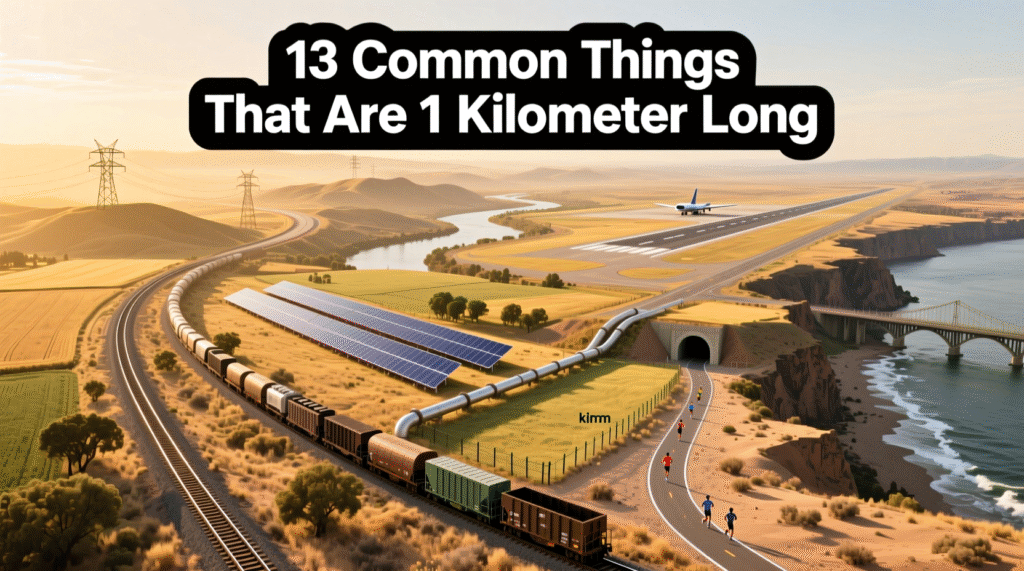Measuring distances can be tricky, especially when we get to lengths like one kilometer. For many people, it’s hard to picture exactly how long a kilometer really is. Is it a quick walk, a stretch of road, or the length of a sports track? Unlike small units like inches or centimeters, a kilometer is something we usually associate with travel, outdoor spaces, or large projects.
In fact, the word “kilometer” comes from the French metric system, where kilo means “a thousand” and meter refers to the base unit of length. That means a kilometer is exactly 1,000 meters or just over 0.6 miles.
Understanding what objects or distances match this measurement can help us better imagine everyday scenarios, from planning a walk to estimating travel times. Let’s explore some common things that are about 1 kilometer long.
How Long is 1 Kilometer?
One kilometer equals 1,000 meters, or roughly 0.62 miles. To put it in perspective, walking one kilometer at a moderate pace usually takes around 10 to 12 minutes. It’s longer than most people think when measured out in a straight line, but short enough that it’s often used as a basic unit in races, city planning, and road signs.
1. A Standard Running Track Lapped Two and a Half Times

A typical outdoor athletics track, like the one used in the Olympics, measures 400 meters around. That means if you run two and a half laps, you’ve covered exactly one kilometer. For athletes, this measurement is essential for training, as many interval workouts are structured in distances of 400m, 800m, or 1,000m repeats.
What’s fascinating is that the 1,000-meter run is a recognized race distance in middle-distance track competitions. While not as famous as the 800m or 1500m, it’s still used for testing speed and endurance. So, the next time you’re on a running track, remember that two and a half laps will take you the length of a kilometer.
2. The Length of the Golden Gate Bridge
San Francisco’s Golden Gate Bridge is one of the most iconic landmarks in the world. Its main span stretches 1,280 meters, making it just slightly longer than a kilometer. Walking across this engineering marvel gives you an excellent sense of what one kilometer feels like in real life.
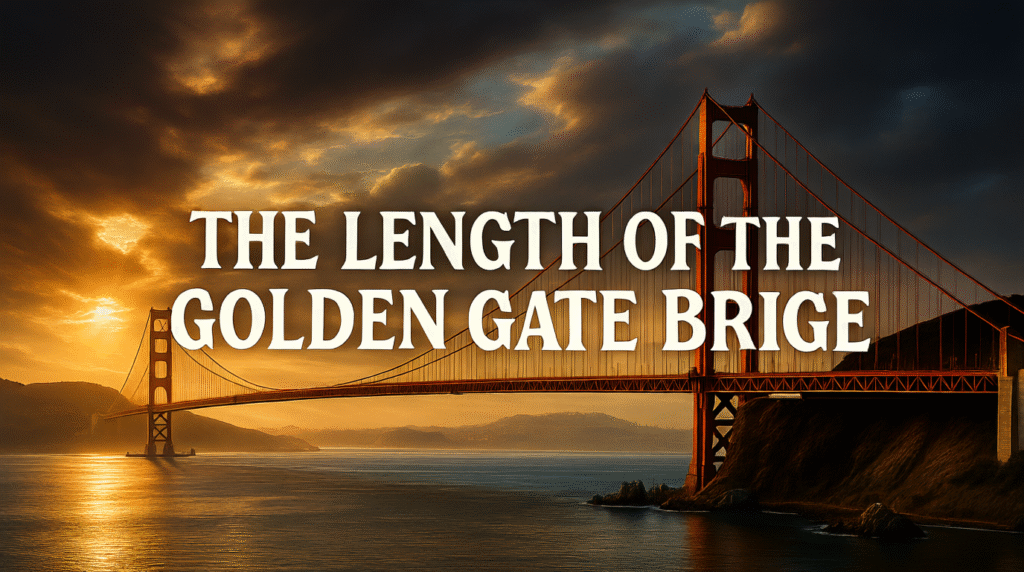
The bridge’s design not only connects San Francisco to Marin County but also serves as a symbol of architectural achievement. Interestingly, about 10 million people cross the Golden Gate Bridge each year many of them walking or cycling roughly the length of one kilometer across its expanse.
3. Ten Football Fields Lined Up
An American football field, including the end zones, measures about 100 yards, or roughly 91 meters. Lining up 10 to 11 football fields back to back gives you a distance close to one kilometer. This comparison is often used in schools and sports training to help people grasp longer distances.
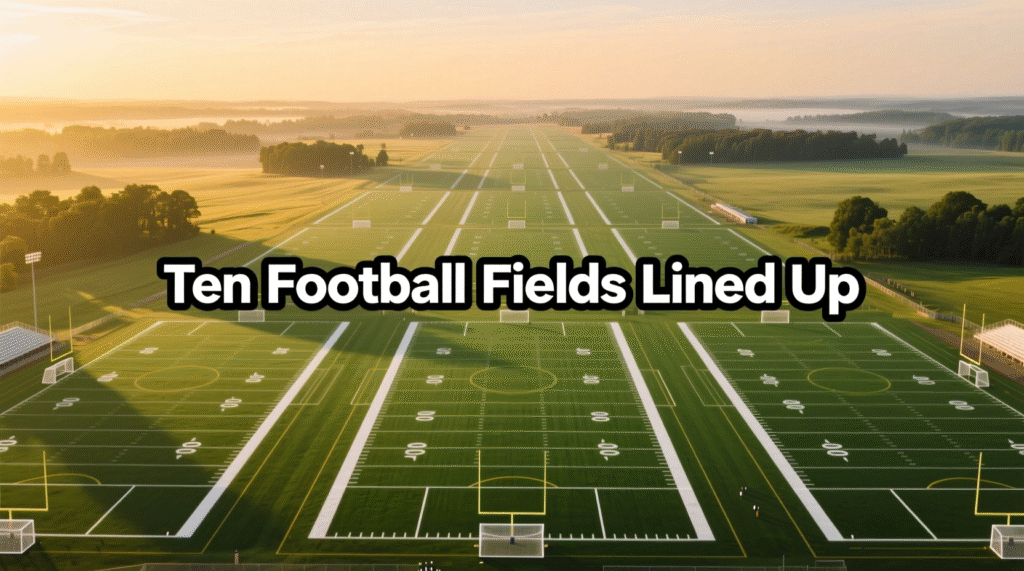
This measurement also matters in urban design. For example, city planners often consider a 1-kilometer walking radius when designing neighborhoods, since it’s a manageable walking distance for most people. Fun fact: many “walkable cities” worldwide use the 1 km benchmark when setting up local amenities, ensuring shops, schools, and parks are within reach.
4. The Height of the Burj Khalifa if Laid Flat
Dubai’s Burj Khalifa currently holds the record as the tallest building in the world, standing at an impressive 828 meters. If you could lay it flat on the ground and add a little extra, it would stretch to about a kilometer. This makes the skyscraper one of the closest single structures to matching this length.
Why does this matter? It helps us visualize scale. Many people find it difficult to imagine one kilometer as a flat distance, but comparing it to a structure like the Burj Khalifa makes it easier to grasp. Fun trivia: if you took the elevator all the way up, you’d be traveling more than three-quarters of a kilometer vertically in just a minute.
5. A Small Town Main Street
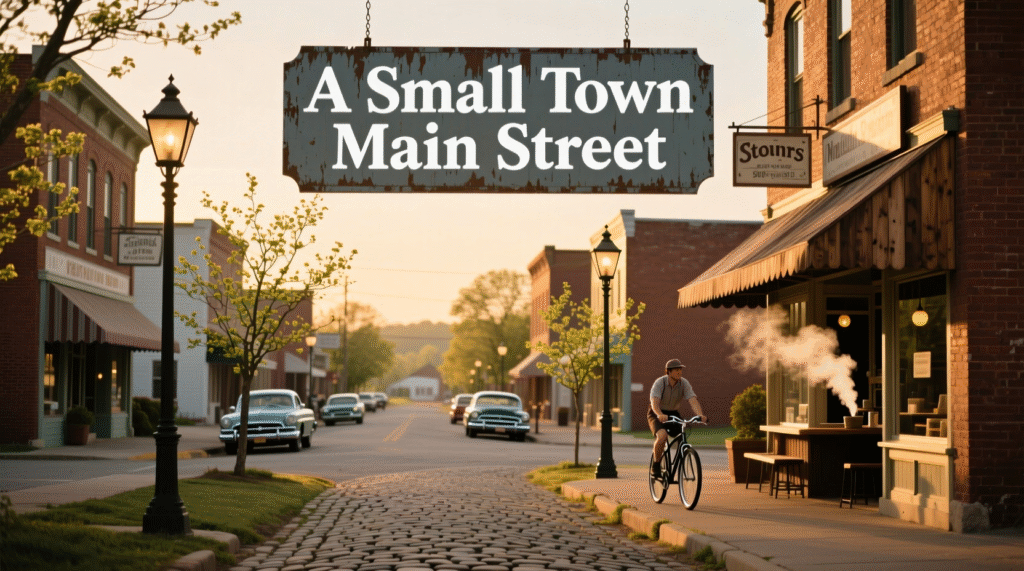
In many towns and suburban areas, the main commercial street lined with shops, cafes, and local businesses runs about a kilometer long. This is not only a practical design but also a human-scale distance that encourages walking and social interaction.
Urban planners often design these streets to be walkable within 10 minutes, which naturally works out to around one kilometer. It’s also why many small-town parades or holiday events cover about this same distance, making it easy for the community to gather and enjoy without covering too much ground.
6. A Large Airport Runway
Major international airports often have runways that measure between 2,500 and 4,000 meters to accommodate large aircraft. But some smaller regional airports have runways that are right around 1,000 meters long, designed for lighter planes and short-haul flights.
Why is this important? For aviation safety, runway length is critical. A one-kilometer runway may seem huge when you stand on it, but for a jetliner, it’s the bare minimum. Fun fact: the Wright brothers’ first powered flight in 1903 lasted just 37 meters less than 1/30th of a kilometer!
7. The Length of a Popular Hiking Trail Segment
Many beginner-friendly hiking trails include marked segments of one kilometer, making it easier for walkers to pace themselves. These measured stretches are often used to gauge endurance, track progress, or simply provide rest stops.
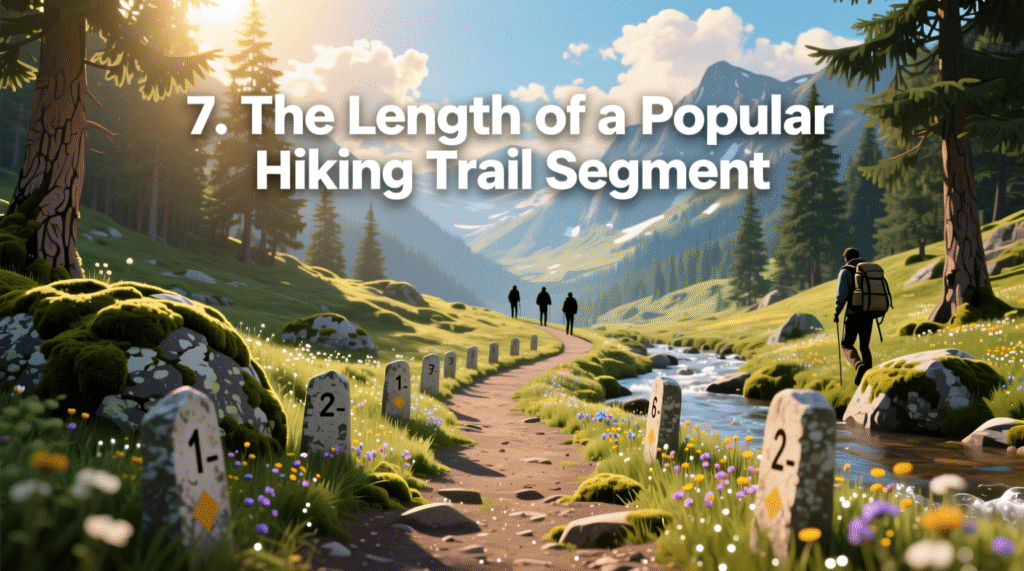
This distance is long enough to feel rewarding but short enough to be manageable for people of all fitness levels. Interestingly, in Japan and several European countries, trail signs are often posted at one-kilometer intervals, giving hikers a sense of how far they’ve gone and how much remains.
8. The Length of an Olympic Rowing Course
Olympic-standard rowing courses are designed to be exactly 2,000 meters long, but if you cut that in half, you get a perfect one-kilometer stretch. Many practice courses and amateur regattas use the shorter 1,000-meter length, especially for junior athletes or local competitions. This distance is critical because it balances endurance with speed. Fun fact: the first modern Olympic rowing events in 1900 featured races that were 1 kilometer in length, making it historically significant as well.
9. A Straight Stretch of Subway Tunne
Many subway systems around the world, especially in big cities like New York or London, have tunnel sections that run about one kilometer between stations. This length allows for efficient spacing while keeping the journey comfortable for daily commuters.
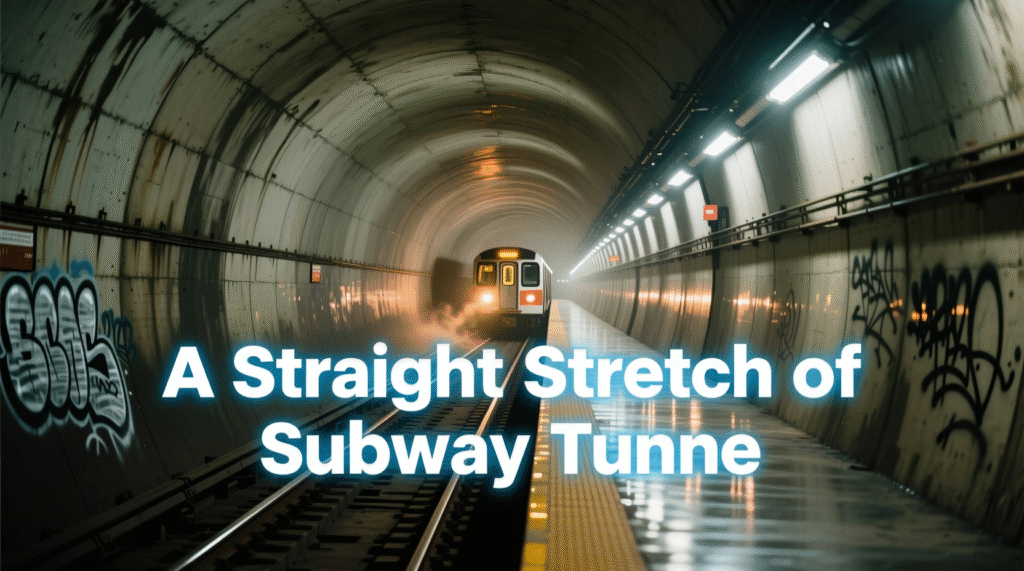
For engineers, constructing one kilometer of underground tunnel is a massive project, often taking years and millions of dollars. An interesting fact is that tunneling machines known as “moles” can bore roughly 10 to 15 meters of tunnel per day, meaning it can take months just to dig out a single kilometer.
10. A Racecourse for Horses
Horse racing tracks vary in size, but many circuits include 1-kilometer stretches as part of their layout. For sprint races, the 1,000-meter mark is a common distance used in competitions worldwide.
Trainers rely on this length to test both the acceleration and stamina of their horses. A quirky piece of trivia: in Australian racing, the 1,000-meter sprint is called a “flying start,” and it’s considered one of the fastest-paced races in the sport, often completed in under a minute.
11. A Section of a Railway Line
When you’re riding a train, it’s easy to forget how quickly distance is covered. Many railway planners measure their routes in kilometer segments, and a single stretch of track between two minor signals is often right around 1 kilometer long.
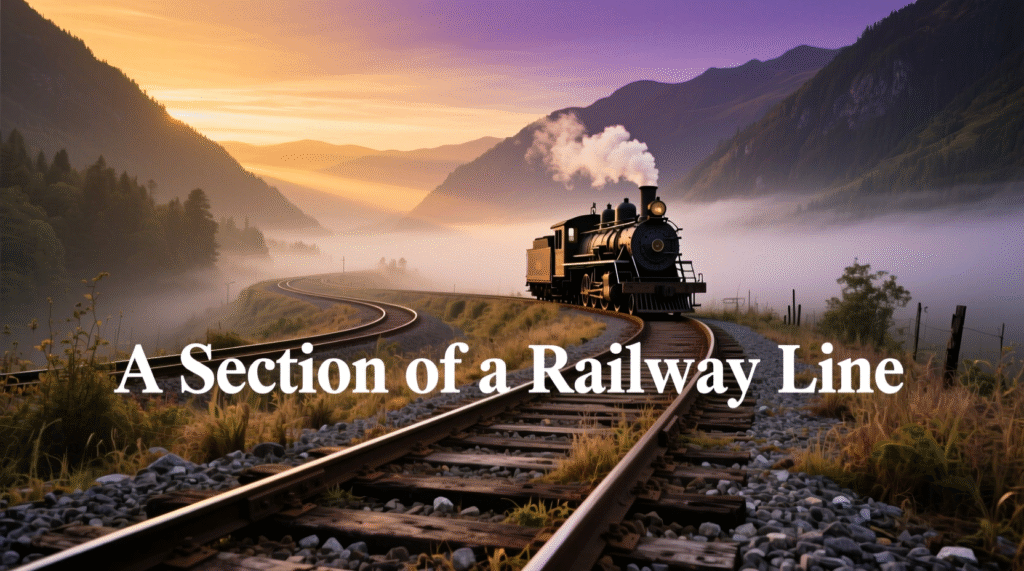
For engineers, this measurement is crucial because it determines signal spacing and train safety. Fun fact: high-speed trains like Japan’s Shinkansen can travel one kilometer in just 12 seconds, showing how short this distance feels at incredible speeds.
12. A Coastal Boardwalk
In seaside towns, boardwalks often stretch for about a kilometer, giving visitors a pleasant walking experience along the oceanfront. This length is long enough to feature shops, food stalls, and entertainment without being overwhelming for tourists.
The one-kilometer measure is also practical for event planning many local marathons or beach runs include boardwalk sections that are exactly this length. Interestingly, the Atlantic City Boardwalk, one of the most famous in the U.S., originally measured about 1.2 kilometers when first constructed in 1870.
13. A Dam Across a River
Large dams built to control rivers or generate hydroelectric power often span close to a kilometer from one side to the other. For instance, while mega-dams like China’s Three Gorges are much larger, many regional dams worldwide fall right around the one-kilometer mark.
This measurement is important for holding back massive amounts of water and ensuring stability. A fascinating fact: the Hoover Dam in the U.S. isn’t quite a kilometer across it measures 379 meters but several modern dams, particularly in Asia, stretch to the 1-kilometer benchmark.
Conclusion
One kilometer might seem like a simple measurement, but it carries a lot of real-world meaning. From running tracks and football fields to bridges, runways, and city streets, this length shows up in more places than we realize. Understanding it not only helps us with fitness goals and travel planning but also deepens our appreciation of design, architecture, and urban life.
Next time you’re outside, try to spot something that’s about a kilometer long. Maybe it’s the street you walk every day, the distance to your local park, or the span of a nearby bridge. Recognizing this distance in the real world makes the abstract number feel much more tangible.

James Harrington is a writer known for his compelling storytelling and diverse themes. His work blends creativity with thought-provoking ideas, captivating readers across genres. Through his website, DimensionsGo.com, he shares his latest projects, insights, and literary reflections, building a global community of readers and writers.

